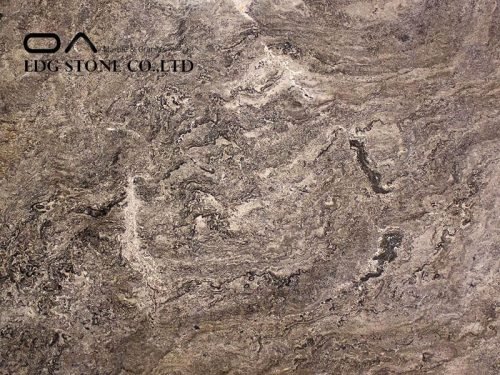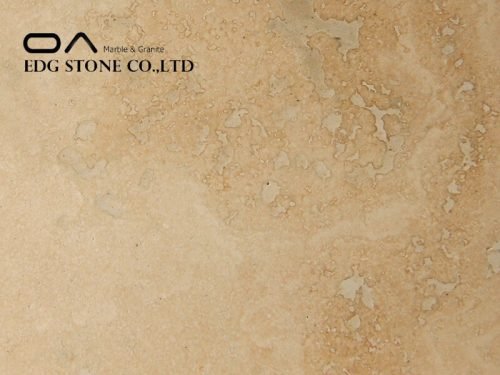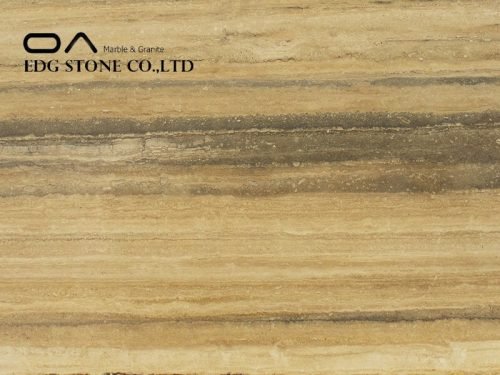Travertine Stone is named because there are many holes on the surface of the stone. The scientific name of the stone is tuff or travertine. Commercially, it is classified as marble. Humans have used this stone for a long time, and the most representative building of the Roman culture-the arena is the original masterpiece of travertine. There are generally Roman travertine, Iranian travertine, and travertine produced in Turkey and other places. Roman travertine has a darker color, more obvious texture, and better material; healthy travertine is lighter in color, has a loose texture and poor strength. This type of stone can be polished and has obvious texture characteristics. The bending strength is anisotropic. The bending strength in the vertical grain direction (strong direction) is about 6 MPa, and some exceed 7 MPa; the bending strength in the parallel grain direction (weak direction) is 4 MPa. From left to right, the difference in material and pattern is sometimes around 5MPa, and sometimes very low not exceeding MPa; the chaotic direction is between them, the texture at this time is in the thickness direction.











